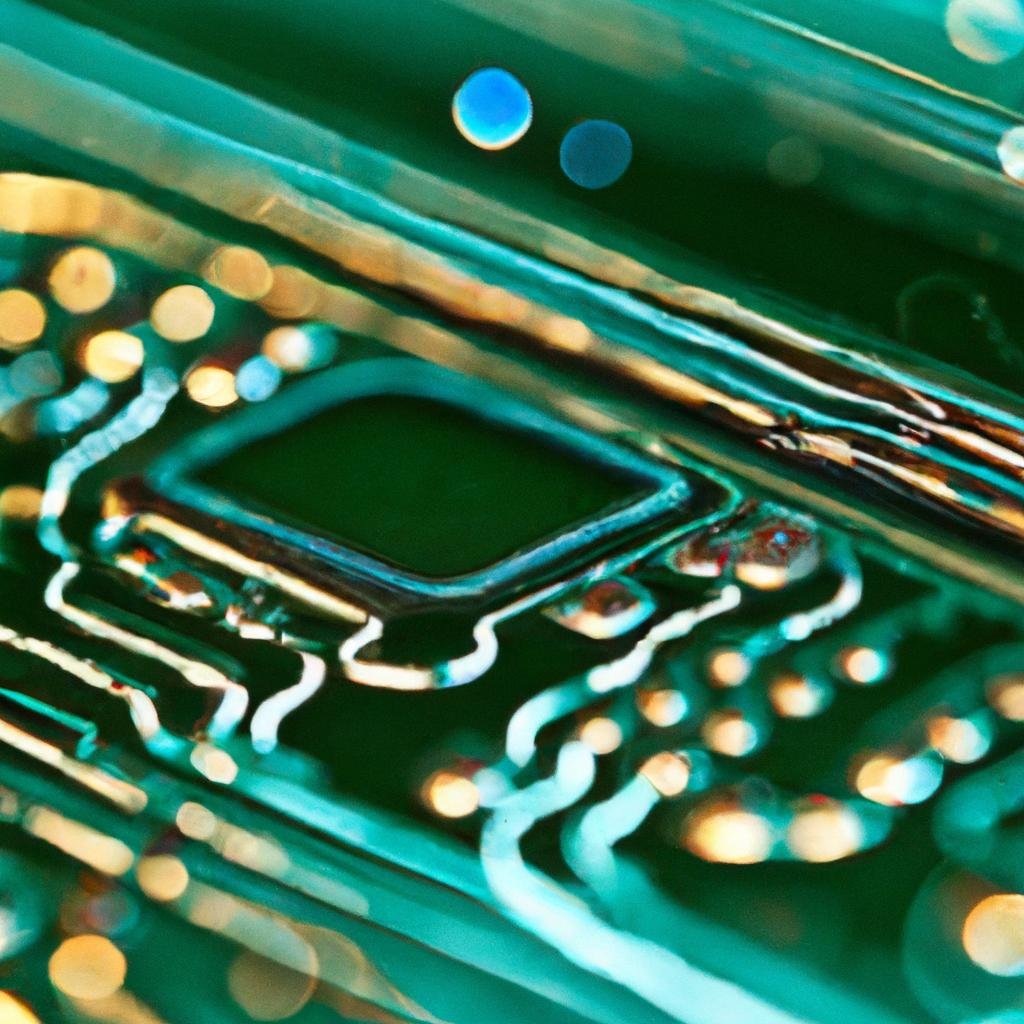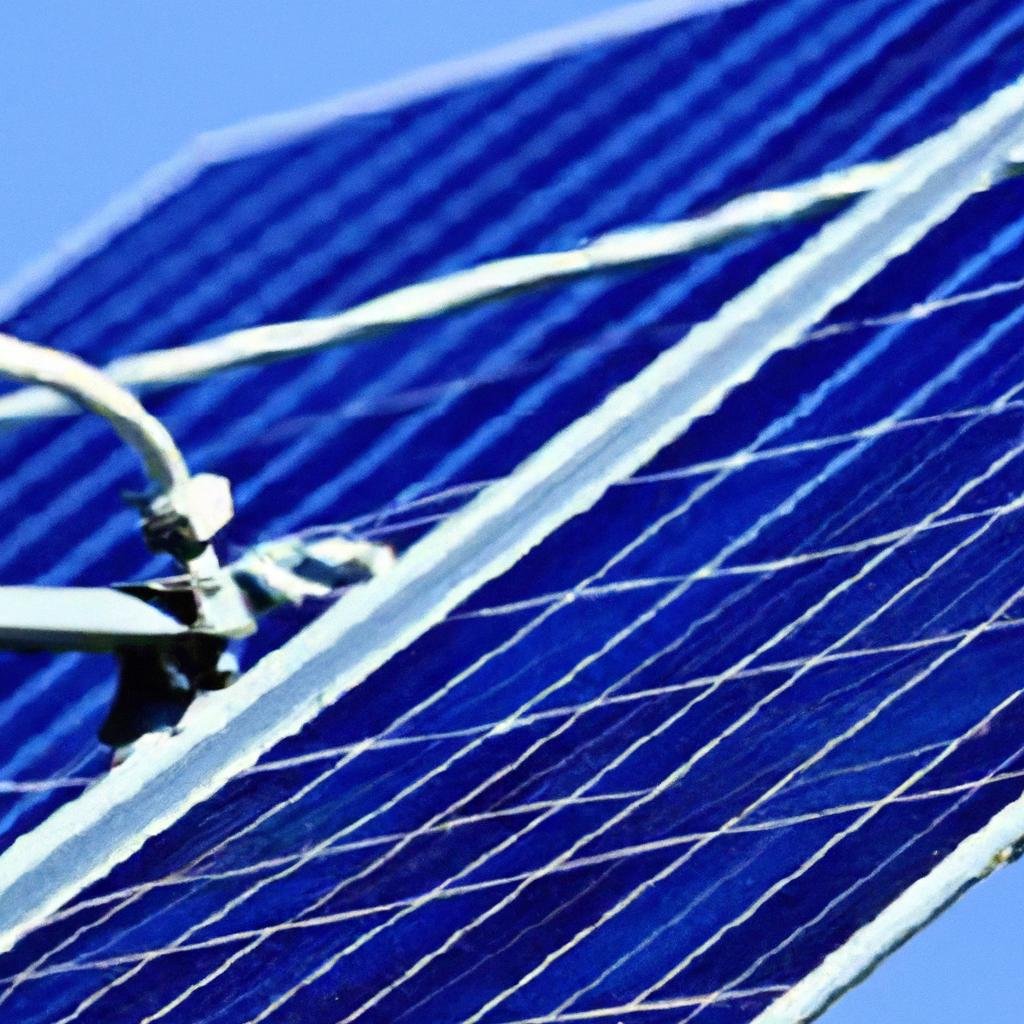Picture yourself lounging comfortably on your plush couch, sipping on a frothy cappuccino in the cool crisp air conditioned comfort of your living room, all thanks to your nifty mini-split. However, your cozy bubble may instantly burst when an eyebrow-raising, heart-stoppingly high electric bill lands in your mailbox. “Why is my electric bill so high with a mini-split device?”, you may find yourself pondering over this million-dollar question. Buckle up as we embark on a fun-filled, mystery-unraveling journey in this article where we’ll turn every stone, dig up some facts, uncover hidden truths, and demystify the epic saga of the ‘Mini-Split and the Enigmatic Electric Bill’.
Unraveling the Mystery of High Electric Bills with Mini-Split Systems
It’s a common concern that many homeowners share - despite using energy-efficient mini-split systems, the electric bills seem high. However, several factors could be influencing your seemingly escalated power consumption. Understanding these aspects will not only unravel the mystery of high electric bills but could also aid in optimized use of your mini-split system.
Firstly, inefficient usage could potentially drive your bills up. Many homeowners expect instant cooling or heating and set their mini-split systems at extreme temperatures. This pushes the system to work harder consequently consuming more energy.
| Incorrect Usage | Energy Consumption |
|---|---|
| Setting extreme temperatures | High |
| Maintaining average temperatures | Low |
Furthermore, the condition of your mini-split system could be contributing to high electricity consumption. Poor maintenance, dirty air filters, or expired refrigerants affect the system’s efficiency, causing it to consume more power to maintain optimal functioning.
- Poor maintenance: Ignoring regular upkeep of your mini-split system can let small issues snowball into significant problems, leading to excessive energy consumption.
- Dirty air filters: An unclean air filter obstructs airflow making your system work harder, thus consuming more energy.
- Expired refrigerants: These are less efficient in heat transfer, resulting in additional energy consumption.
Therefore, addressing these problems and maintaining proper usage practices will undoubtedly result in efficient energy utilization and lower electric bills.
Cracking the Code: Understanding Your Mini-Splits Energy Consumption
Often, homeowners who invest in ductless mini-split systems are taken aback by their seemingly high electricity bills. This is because there are several factors that influence the energy consumption of these units. First and foremost is improper installation. When a mini-split is not correctly installed, it tends to run inefficiently, thus consuming much more energy. Secondly, the size of the unit in relation to the room size significantly impacts energy usage – the bigger the unit for a given room, the higher the energy consumption. Additionally, weather extremes can make the unit work extra hard, driving up energy usage. And last, but not least, remember that poor maintenance also results in increased energy consumption, as does a unit’s age.
Understanding each component of your mini-split system can contribute to optimizing energy consumption. With a multi-zone system, the indoor units are connected to one outdoor unit, and each indoor unit consumes energy independently, based on its usage. If each zone is switched on simultaneously, it will consume more power. Similarly, your unit’s SEER rating (Seasonal Energy Efficiency Ratio) can give you a good idea of how energy-efficient your system is. The higher the SEER rating, the more efficient the unit. Also, remember that the unit’s settings can impact energy usage. For instance, keeping the fan running constantly, even when the unit isn’t actively heating or cooling, can unnecessarily increase energy consumption.
| Factor | Effect |
|---|---|
| Improper installation | Increases energy consumption |
| Size of the unit | Impacts energy usage based on room size |
| Weather extremes | Can increase energy use significantly |
| Poor maintenance | Leads to the unit running inefficiently |
| Unit’s age | Older units are typically less efficient |

Mini-Splits Energy Efficiency: Facts and Misconceptions
It’s common to be concerned when you notice an unexpected increase in your electricity bill. Mini-splits are often lauded as energy-efficient alternatives to traditional heating and cooling systems, but if your energy bill is higher than usual, it could be due to several issues. Let’s clear some misconceptions and explore the facts about energy efficiency in mini-splits.
First and foremost, one of the most common misconceptions about mini-splits is that they’re always energy-efficient regardless of their usage. Peak performance doesn’t guarantee energy efficiency at all times; a variety of factors can affect the efficiency of your mini-split:
- Installation: If the mini-split is not properly installed, it can lead to inefficiencies, causing your unit to work harder than it needs to, wasting energy.
- Size: A unit that is too large for the space it’s supposed to serve can cycle on and off frequently causing excessive energy use.
- Maintenance: Regular maintenance is essential for your mini-split to work efficiently.
Additionally, it’s important to keep in mind that, even though mini-splits are generally more energy-efficient than traditional HVAC units, they still need energy to function. Heavy reliance on your mini-split, particularly in extreme weather conditions, may result in higher electricity consumption, which is reflected in your bill. Below is a brief comparison of energy consumption for different types of heating and cooling systems:
| Type of System | Average Energy Consumption |
|---|---|
| Traditional HVAC | High |
| Mini-Split | Moderate-High |
| Fan/Heater | Low |
remember that the exact impact on your bill also depends on electricity rates in your region, your home’s insulation and other factors outside the mini-split’s efficiency itself. Thus, while mini-splits can help reduce energy consumption, appropriate use and maintaining the right conditions are key to achieving optimal savings on your electric bill.

Maximizing Your Mini-Split: Proven Steps towards Lower Electric Bills
When it comes to managing your mini-split, high electricity bills can often feel like an unwanted surprise. Despite the benefits of a mini-split, such as flexibility and energy efficiency, it can sometimes lead to skyrocketing energy consumption. This is usually due to neglect in maintenance, improper usage, or old and inefficient systems. To start saving on your electric bills, we need to maximize the potential of our mini-splits. Here are some proven steps to achieve this:
1. Regular Maintenance: Just like any other machine, a mini-split system requires regular maintenance to operate efficiently. A clean system can easily reduce your electric bills. Make sure to clean and replace your air filters regularly.
2. Optimal Thermostat Settings: To avoid unnecessary cost, it’s crucial to adjust the thermostat to the right temperature. It’s way more energy-efficient to set it to a constant, comfortable temperature.
3. Upgrade to an Energy-Efficient System: If your mini-split is old and inefficient, it’s time to consider replacing it with a new energy-efficient model.
| Component | Method of improvement |
|---|---|
| Air Filters | Clean and replace regularly |
| Thermostat | Set to a constant, comfortable temperature |
| System Upgrade | Replace old units with energy-efficient models |
there are many ways to maximize your mini-split system and make it work in your favor, translating into significant savings on your electric bill. The key is to ensure regular maintenance and proper use, and consider investing in an energy-efficient model if necessary. With these steps, you can take control of your mini-split and your electricity bill once and for all.
Q&A
Q: Straight to the point, why do I have such high electricity bills after installing a mini-split?
A: Great question! Unexpected high bills can be shockingly frustrating! If you’re seeing a hike in your electricity bills after installing a mini-split, it could be down to factors like excessive use, incorrect settings or even an inefficient model.
Q: Could improper usage be a cause of my soaring electricity bills?
A: Absolutely! Like any other electrical device, many people may not be using their mini-splits effectively. Running your mini-split continuously, setting incorrect temperatures and misusing the timer settings could contribute to higher energy use.
Q: Remind me again, how should I be using my mini-split to ensure energy efficiency?
A: A solid question! The key is to create a balance between comfort and energy consumption. Try to avoid running your mini-split non-stop, set the temperature to a comfortable 24-26 degrees Celsius (75-78 degrees Fahrenheit), and use timer features to turn off the unit when not needed.
Q: Could the size of my mini-split be affecting my electricity bill?
A: You hit the nail on the head! The size of your mini-split indeed plays a significant role in how much energy it consumes. If it’s too small, it may have to work harder to maintain the temperature, while a too-large unit may lead to frequent on-off cycles - both approaching big no-no territories for energy usage.
Q: What if my mini-split is an older model? Could that be the reason for my high bills?
A: Absolutely! Older models of mini-splits may not have the advanced energy-saving features found in newer models. If you’re still using an old system, it may be worth considering an upgrade.
Q: Could there be a connection between poor maintenance of my mini-split and my high electricity bills?
A: Yes! You’re right on the money! If your mini-split isn’t regularly maintained, dust and grime can build up, causing your system to work harder and increasing energy consumption. Regular cleaning and tune-ups can keep your mini-split in top shape and your bills in check!
Q: Could there be other reasons for my electricity bill being higher?
A: Sure thing! It doesn’t always boil down to your mini-split. Other appliances in your house might be energy guzzlers, or your energy rates may have increased. It’s worth checking out all possible factors.
Q: Having addressed the likely reasons, what steps can I take to reduce my electric bill?
A: Fantastic question to wrap up our Q&A! Here’s a quick rundown: Use your mini-split wisely, maintain it regularly, consider upgrading if it’s an older model, and scrutinize other appliances and your energy plan for possible energy pitfalls.
Concluding Remarks
And there we have it – a deep dive into the mini-split high electric bill conundrum. It’s not aliens flicking on your mini-split in the middle of the night, nor is it the cryptic hand of destiny trying to shake things up. It’s all about understanding the factors that might impact your electrical consumption while using mini-splits. Whether it’s your unit’s efficiency, incorrect usage, lack of maintenance, or adverse climate conditions, a clear understanding can bring down your bills significantly. Armed with this knowledge, you now have the power to cool your home in a cost-effective manner. Don’t sweat the bills when there’s control – literally – at your fingertips! Until next time, stay cool and stay savvy!

